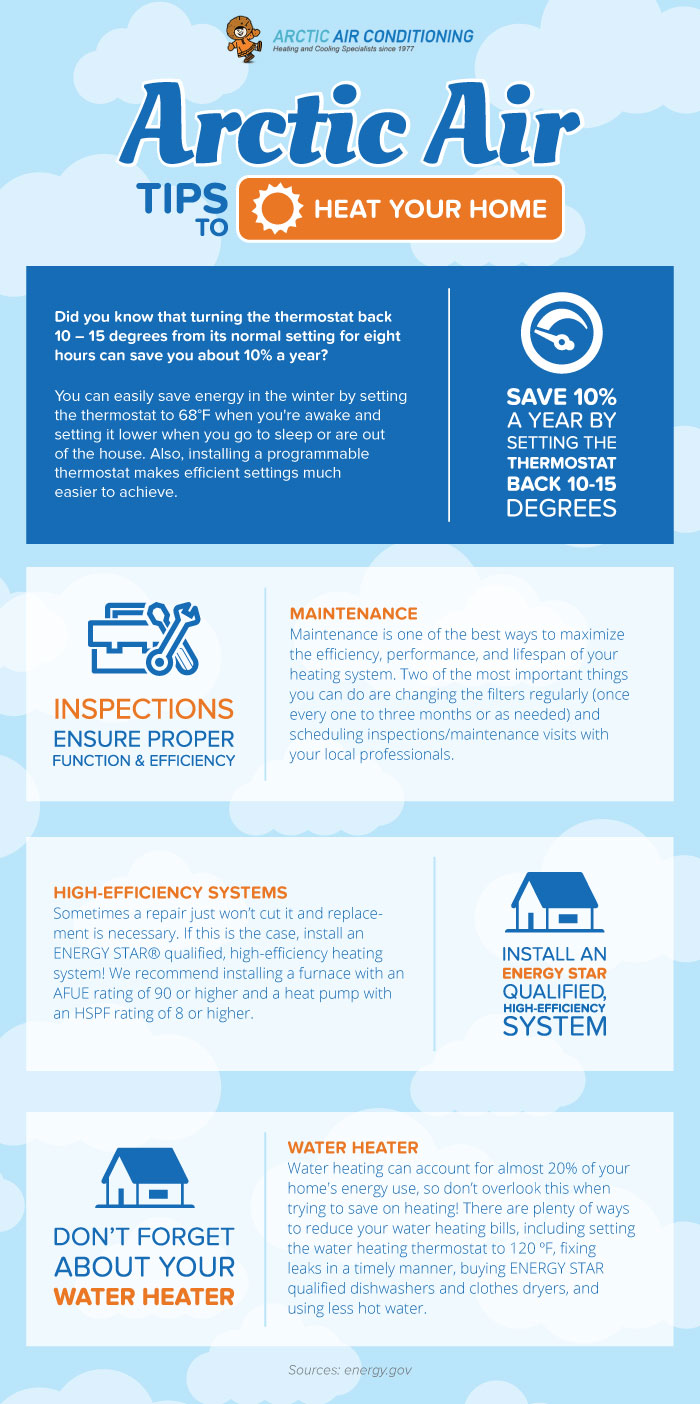The Future Of Home Heating - How Heat Pump Innovation Is Progressing
The Future Of Home Heating - How Heat Pump Innovation Is Progressing
Blog Article
Content Writer-Baker Oliver
Heat pumps will be an essential modern technology for decarbonising home heating. In a situation constant with federal governments' revealed power and climate commitments, their worldwide ability increases by 2030, while their share in heating rises to one-quarter.
They function best in well-insulated homes and count on power, which can be provided from a renewable power grid. Technical breakthroughs are making them more efficient, smarter and less costly.
Fuel Cells
Heat pumps use a compressor, refrigerant, coils and fans to relocate the air and warmth in homes and home appliances. They can be powered by solar power or electrical energy from the grid. They have been gaining appeal as a result of their low cost, quiet operation and the capacity to produce electrical energy during peak power demand.
Some companies, like IdaTech and BG MicroGen, are working with gas cells for home heating. These microgenerators can change a gas boiler and generate a few of a house's electric needs with a link to the electrical energy grid for the rest.
Yet there are factors to be unconvinced of using hydrogen for home heating, Rosenow claims. It would be costly and ineffective compared to other technologies, and it would include in carbon exhausts.
Smart and Connected Technologies
Smart home innovation permits homeowners to link and control their tools remotely with the use of mobile phone applications. For just click the up coming document , smart thermostats can discover your heating preferences and automatically adapt to maximize energy usage. Smart lighting systems can be managed with voice commands and automatically turn off lights when you leave the room, minimizing power waste. And Click On this website can keep an eye on and handle your electric use, allowing you to determine and restrict energy-hungry appliances.
The tech-savvy home depicted in Carina's interview is an excellent illustration of exactly how residents reconfigure area home heating methods in the light of new clever home technologies. They rely upon the gadgets' automatic features to carry out day-to-day changes and concern them as a hassle-free methods of conducting their home heating methods. Thus, they see no factor to adapt their techniques further in order to make it possible for adaptability in their home power need, and treatments focusing on doing so may face resistance from these families.
Electrical power
Because heating homes accounts for 13% people emissions, a switch to cleaner options might make a huge distinction. Yet the modern technology deals with challenges: It's pricey and requires considerable home remodellings. And it's not always compatible with renewable resource resources, such as solar and wind.
Up until lately, electrical heatpump were also expensive to compete with gas models in the majority of markets. But brand-new developments in layout and materials are making them more economical. And better cold environment performance is enabling them to work well even in subzero temperature levels.
The next step in decarbonising home heating may be the use of heat networks, which draw warmth from a central source, such as a close-by river or sea inlet, and distribute it to a network of homes or buildings. That would certainly reduce carbon discharges and enable houses to make use of renewable resource, such as eco-friendly electrical power from a grid supplied by renewables. This alternative would be less costly than switching to hydrogen, a fossil fuel that calls for new framework and would only reduce carbon dioxide exhausts by 5 percent if coupled with enhanced home insulation.
Renewable resource
As electricity prices go down, we're beginning to see the exact same fad in home heating that has driven electrical autos right into the mainstream-- however at an even quicker speed. The strong climate case for impressive homes has actually been pressed even more by new study.
Renewables account for a substantial share of contemporary warm intake, however have actually been offered limited policy attention internationally compared to various other end-use sectors-- and also less focus than electrical power has. Partially, this reflects a mix of customer inertia, split rewards and, in lots of countries, aids for nonrenewable fuel sources.
New innovations might make the shift easier. For example, heat pumps can be made extra power effective by changing old R-22 cooling agents with new ones that don't have the high GWPs of their predecessors. Some experts additionally picture district systems that draw heat from a neighboring river or sea inlet, like a Norwegian arm. The warm water can after that be used for cooling and heating in a neighborhood.